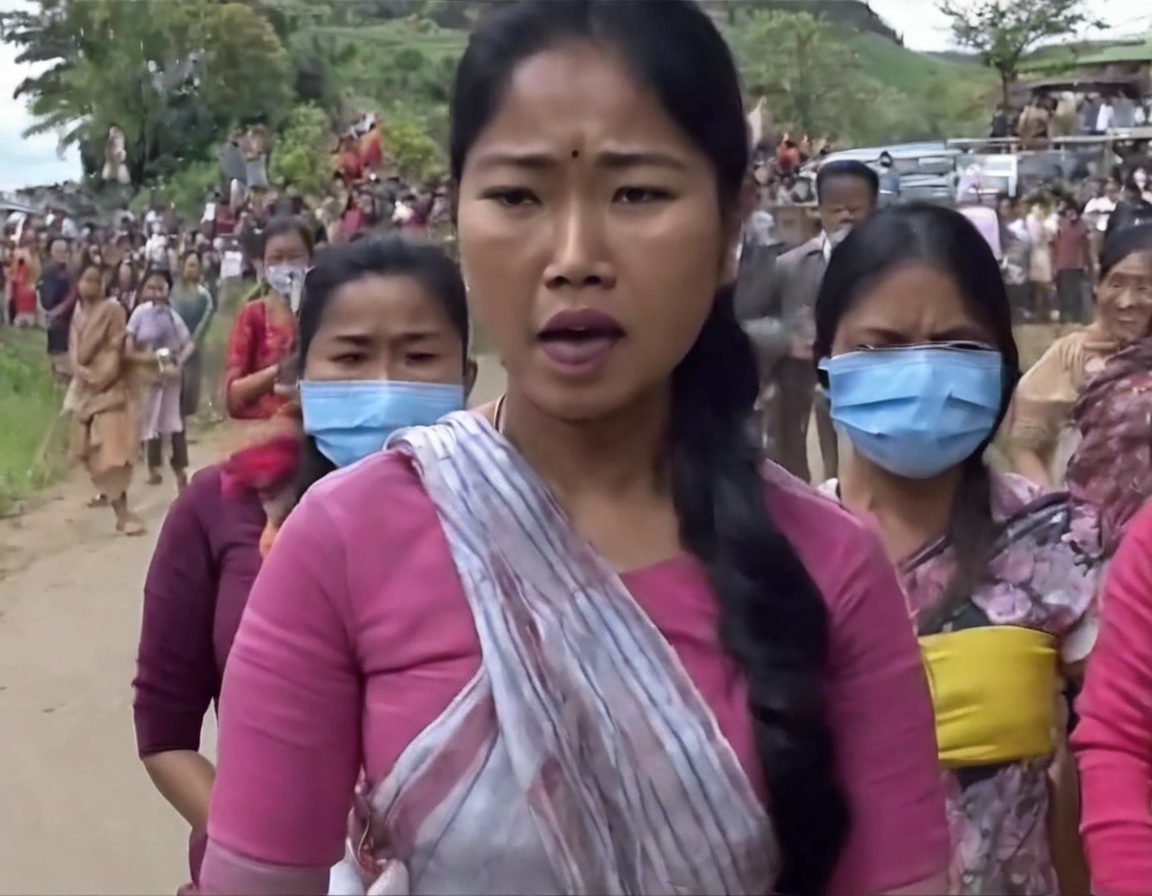Introduction
In recent times, a video from the northeastern state of Manipur in India has become the center of a controversy. The video, which surfaced on social media platforms, purportedly shows violence and misconduct by members of the state police force. As with any viral content, the video has generated intense debate and discussion among the public, authorities, and human rights organizations. In this comprehensive article, we will delve into the specifics of the Manipur viral video, the implications it carries, and the broader context in which it exists.
The Manipur Viral Video: What Happened?
The Manipur viral video depicts a group of men in uniforms, alleged to be Manipur police personnel, engaging in violent and abusive behavior towards a group of individuals. The authenticity of the video has been a point of contention, with some sources claiming it to be doctored or misrepresented, while others assert its accuracy. The footage has triggered outrage and calls for accountability, especially considering the sensitive history of conflict and human rights violations in the region.
Context and Background
Manipur, a state in northeastern India, has grappled with issues of insurgency, violence, and military presence for several decades. The region has witnessed unrest and clashes between state forces, armed groups, and civilians, leading to a complex socio-political landscape. Against this backdrop, any instance of alleged police brutality or misconduct is met with heightened scrutiny and concern.
Social Media and Information Dissemination
The proliferation of social media platforms has revolutionized the dissemination of information and the way incidents are brought to light. The Manipur viral video exemplifies how citizen journalism and digital technologies can hold authorities accountable and spark public discourse. However, this digital era also raises questions about the authenticity and manipulation of content, underscoring the need for responsible media literacy and fact-checking mechanisms.
Implications and Consequences
The circulation of the Manipur viral video has far-reaching implications on various fronts. Firstly, it raises urgent questions of police accountability and the need for transparency in law enforcement practices. Calls for investigations and reforms within the police force have gained momentum, emphasizing the critical need for upholding human rights standards and ethical conduct.
Civil Society and Activism
In response to the Manipur viral video, civil society organizations, activists, and concerned citizens have mobilized to demand justice and accountability. Protests, online campaigns, and advocacy efforts have been instrumental in highlighting the importance of public oversight and community solidarity in addressing instances of violence and abuse of power.
The Role of State Authorities
The stance and actions of state authorities in addressing the Manipur viral video are pivotal in restoring public trust and upholding the rule of law. Transparent investigations, disciplinary measures, and institutional reforms within the police force are essential steps towards fostering accountability and preventing future misconduct. Timely and decisive interventions can signal a commitment to justice and integrity on the part of the government.
Conclusion
In conclusion, the Manipur viral video represents a critical juncture in the discourse on police accountability, human rights protection, and media ethics. By analyzing the incident within its broader context and implications, we can glean insights into the complexities of governance, citizen engagement, and social justice. Moving forward, concerted efforts towards transparency, dialogue, and reform are imperative to ensure that instances of misconduct are effectively addressed and prevented. The Manipur viral video serves as a poignant reminder of the power of citizen activism and the collective responsibility to uphold the values of equity and dignity in society.
Frequently Asked Questions (FAQs)
- Is the Manipur viral video authentic?
-
While the authenticity of the video is still debated, its content has sparked widespread concern and calls for investigation.
-
What actions have been taken by the authorities regarding the video?
-
State authorities have initiated inquiries and promised accountability measures in response to the viral video.
-
How can social media users verify the accuracy of such viral content?
-
Users can cross-reference information from multiple sources, seek official statements, and engage in critical media literacy practices to verify viral content.
-
What role do human rights organizations play in addressing such incidents?
-
Human rights organizations play a crucial role in monitoring, documenting, and advocating for accountability in cases of alleged rights violations.
-
Are there legal frameworks in place to address police misconduct in India?
-
India has laws and mechanisms, such as the Indian Penal Code and the Police Acts, to address police misconduct and ensure accountability.
-
How can individuals support accountability efforts in cases of alleged police brutality?
-
Individuals can support accountability efforts through advocacy, legal aid, monitoring, and community organizing initiatives.
-
What safeguards exist to protect citizens from abuse of power by law enforcement agencies?
-
Safeguards include judicial oversight, human rights commissions, complaint mechanisms, and civil society monitoring to hold authorities accountable.
-
How can dialogue and reconciliation be fostered in regions with a history of conflict and violence?
-
Dialogue, reconciliation, and peacebuilding efforts are essential to address the root causes of conflict and promote healing and justice.
-
What are some best practices for promoting transparency and integrity in police forces?
-
Best practices include training programs, ethical guidelines, civilian oversight boards, and disciplinary mechanisms to uphold professional standards.
-
How can media professionals ensure ethical reporting and responsible journalism in sensitive cases?
- Media professionals can adhere to journalistic ethics, fact-check information rigorously, corroborate sources, and prioritize accuracy and balance in their reporting.

